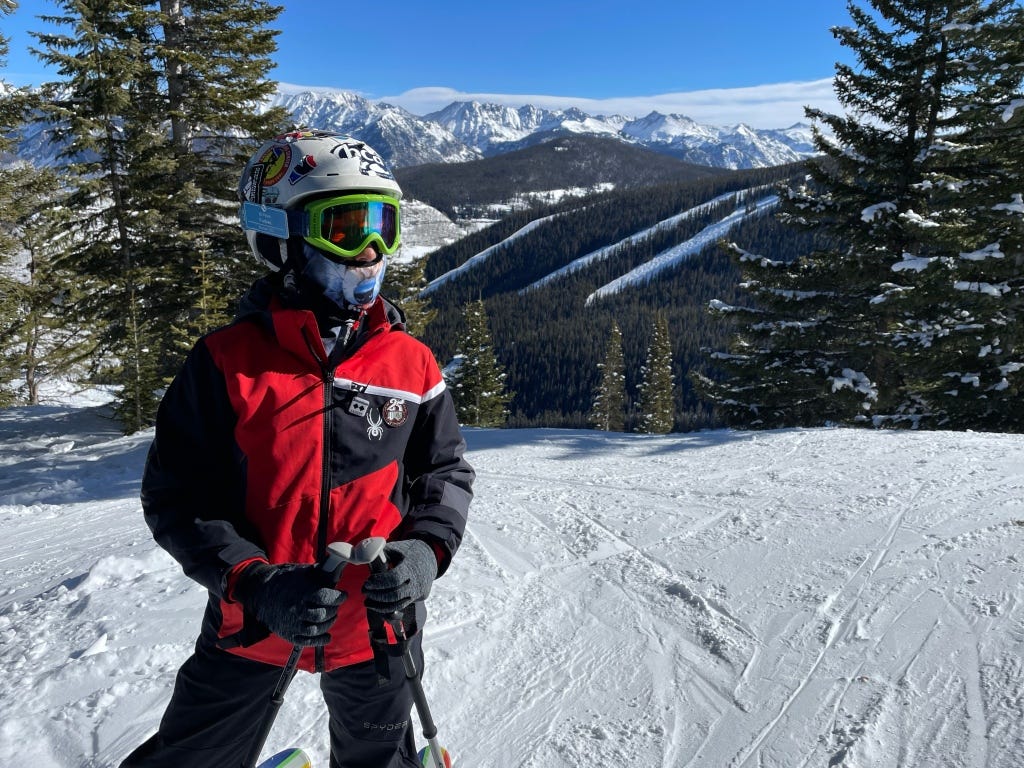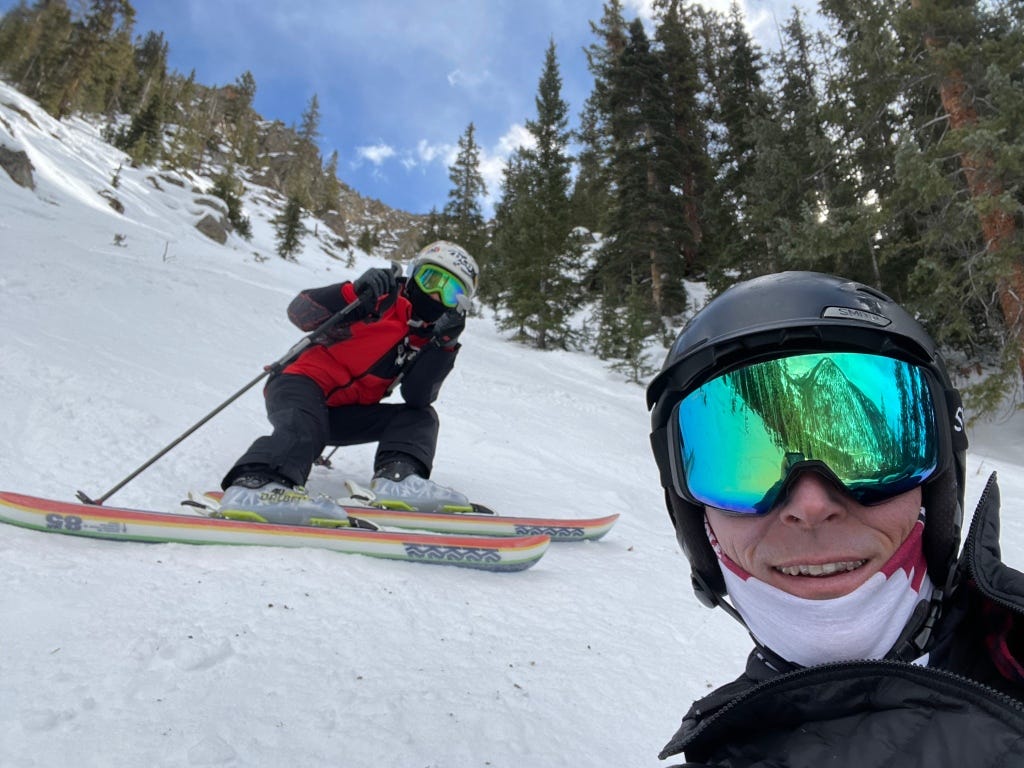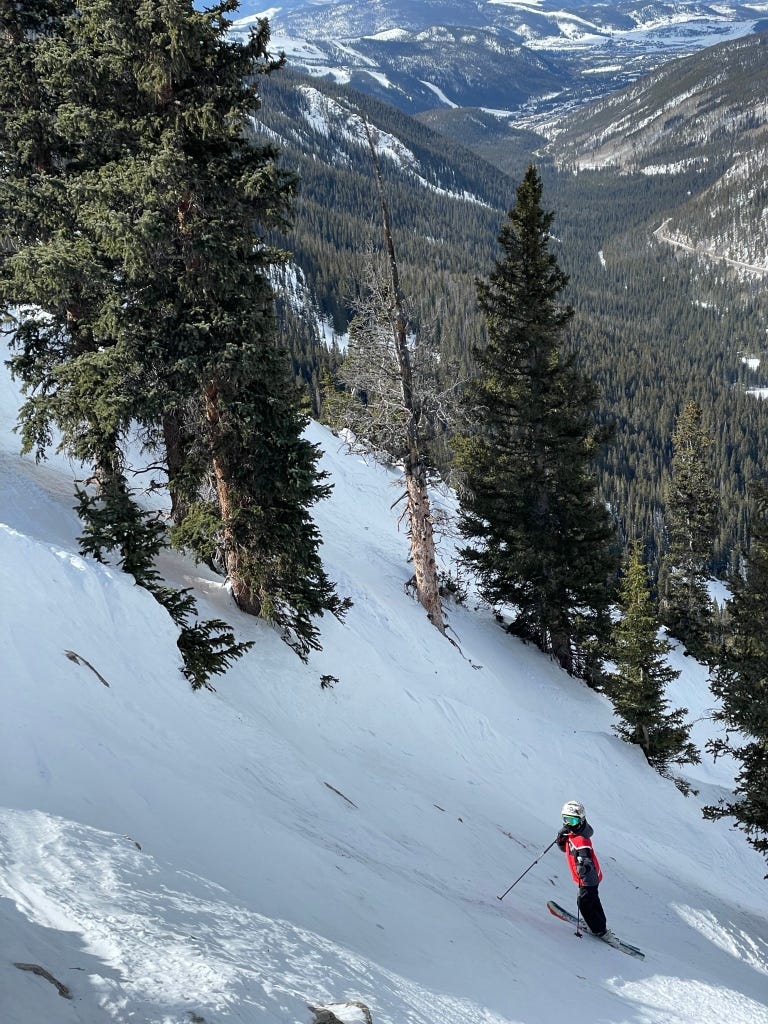Low Standard Deviation Training
In your 50s and 60s, you're going to have the money to do neat stuff.
Are you going to have the body?
I propose three goals to guide your training:
Burn fat
Add muscle mass
Maintain sexual function
If you're still into race performance then bookmark me and come back in a few years.
Why?
Because you might be screwing up all three by leaving sustained tempo in your program.
:-)
Now, you're probably thinking that it's impossible for an older person to add muscle mass.
You might have even resigned yourself to a long, slow decline in personal function.
That's certainly the way aging was taught to me (by members of your profession).
Are you sure?
An elder surgeon confided in me that "half the stuff I learned in med school, turned out to be false."
Perhaps a shift in approach could get you a better outcome?
Besides, there is little downside from shifting your program, away from endurance fatigue, towards doing what it takes to add functional strength.
So how might we do that?
During the pandemic, I learned this protocol by accident.
I was locked in my house, with three high-energy kids, and I needed a way to chill out before endless days of Home School.
I turned to weights, a lot of them.
I worked my way through Rob Shaul's SF45 program. The full program was eight modules and took me 60 weeks to complete.
Total body transformation.
Not only did it transform my body, my wife started having fire fighter fantasies. ;-)
I became much better at moving through the mountains.
Rob's redone the modules and now splits them by age (40, 50, 55 and 60). You can find them under General Fitness Plan Packets on his website.
I've taken what I've learned from Rob and interpreted into my life as a coach to kids, adults and elders. I use pieces of Rob's protocols to address specific concerns (balance, fall risk, muscle activation, injury prevention and rehab). I tweet about these on Wednesdays.
I use Rob's stuff for creating a valuable form of stress on my 53 yo body.
Gaining functional strength
To do neat stuff
Outside
With the people I love
For as long as possible
My training schedule is built around placing my key days (my strength-focused days).
I never skip a strength day but... I do delay it when I know it would be counter-productive to stress myself further.
So how to place those key days?
That was my central problem across 2021.
I kept getting run down, I felt old, my mood was crap, I was worried that I was "done" as an athlete.
To be sick of sickness is the only cure
- The Tao Te Ching
Eventually, I committed to do whatever it took to get my recovery on track. If that meant "getting old" then I'd just have to deal with the consequences.
It wasn't all that complicated. My Garmin watch had be collecting resting heart rate data for years. Data that I had been ignoring because I was scared to recover properly!
To my resting HR data, I added heart rate variability from an Oura Ring. Recently, I added HRV4Training to better see the differences between my acute and chronic movements.
I don't use the Readiness Scores because I don't need precision (and have doubts that any of us can predict outcome on a complex system, like the human body).
All I am seeking is a signal from the raw data.
Red - you'd better dial it down
Yellow - no surges, just aerobic maintenance (ie fat burning)
Green - Go For It, Bro!


So when I'm at home, it's a simple choice each morning.
Strength or Cardio
Strength is whatever plan I'm using from Rob.
Cardio is a bike workout, usually with a 130 bpm cap.
If I'm not "green" for a strength day, then I dial it down, or delay.
If I'm "red" then I spin easy on the bike (HR < 120) and schedule a neighborhood walk for the afternoon.
ZERO anaerobic load on a "red" day.
By waiting for a green signal, I avoid putting myself into a hole, that takes days to clear.
I'd been running this system (morning strength or cardio) for most of the pandemic (2020 & 2021) but was not paying attention to my HR, and didn't have the HRV data.
With the HRV data, and guidance from Dr Jeff Shilt, I am able to better place the days that make me tired. Doc J shared his traffic light system, which let me create this article I'm offering you.

As we age, how best to define "getting better"?
My proposal...
We will work towards improving the self-confidence that you'll be able to continue to share outdoor activities with those you love.
We will use a training approach that builds a large physical reserve against the fears we hear from our elders.
Confidence that, while absolute performance is declining, we continue to enjoy the physical side of life.
Confidence that, while we're all going to "get old" eventually, we will be able to live independently for as long as possible.
This is going to require a shift in focus from "athletic performance" to maintaining "functional performance."
The very good news is this approach is time efficient.
Yes, the strength days will kick your butt BUT, when they are placed wisely, you will bounce back and end up with more energy across your week.
Keep it simple.
Start every day with a win.
Burn fat or strength train.





